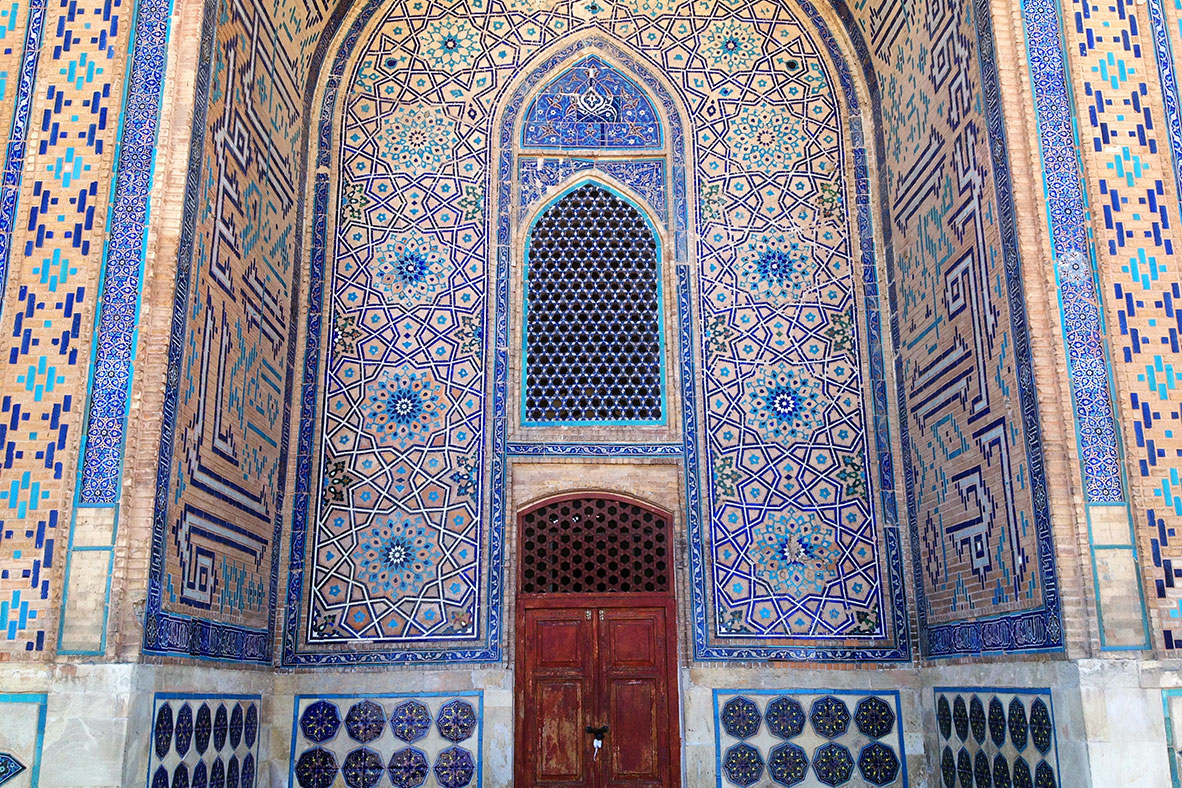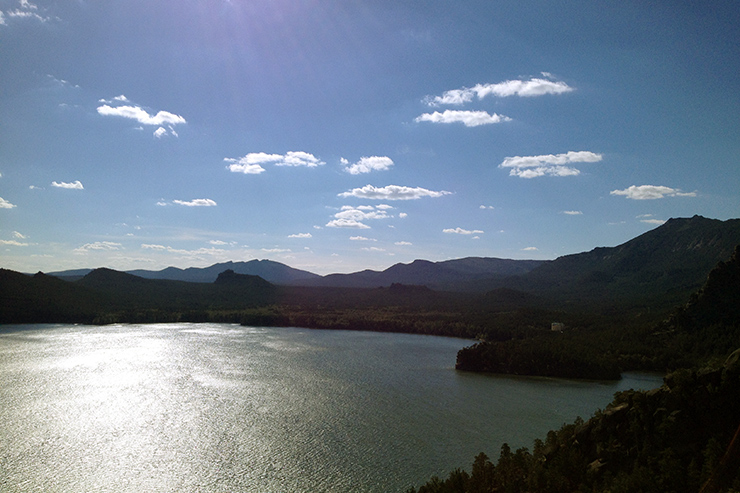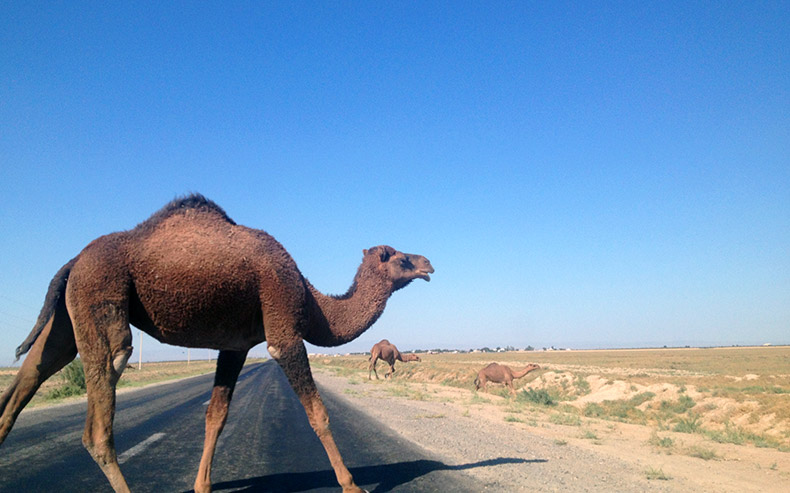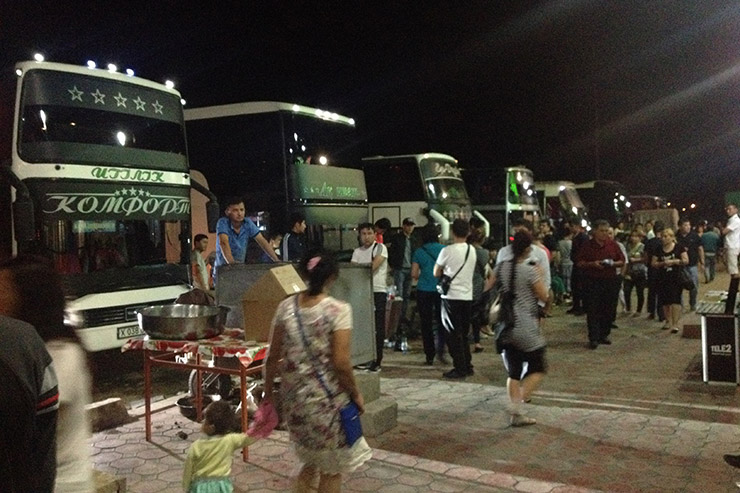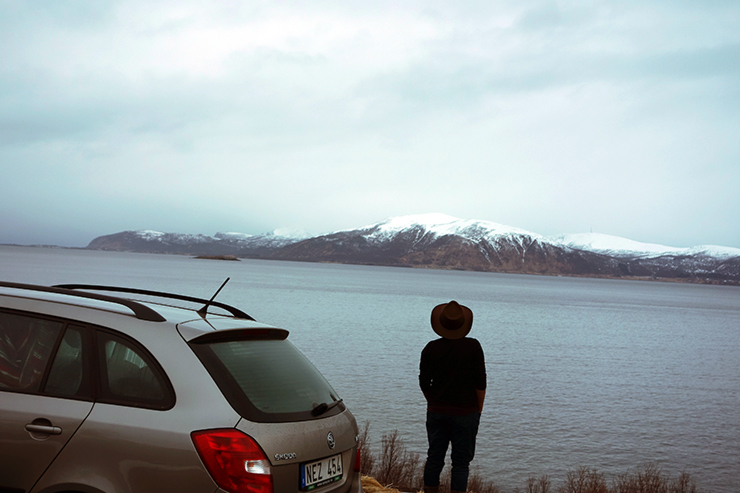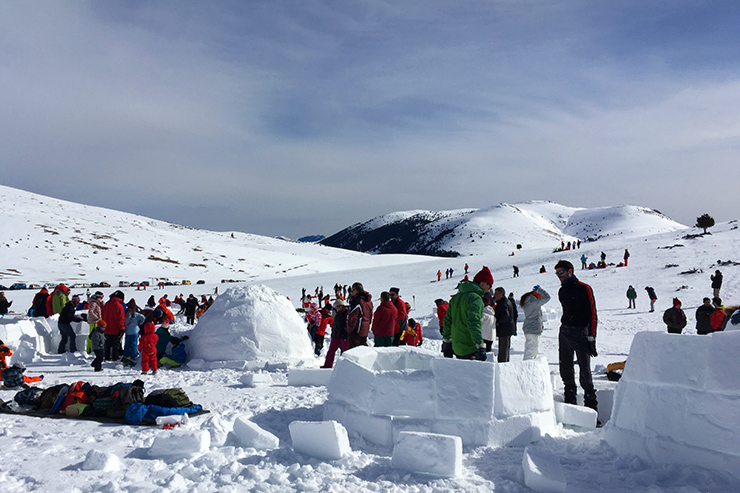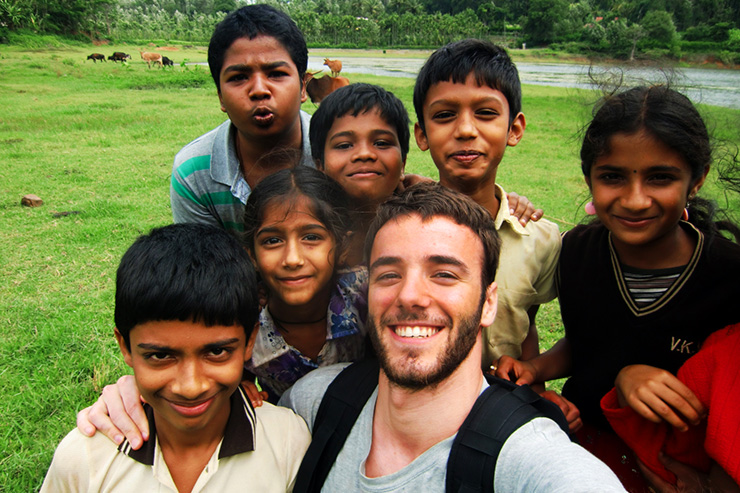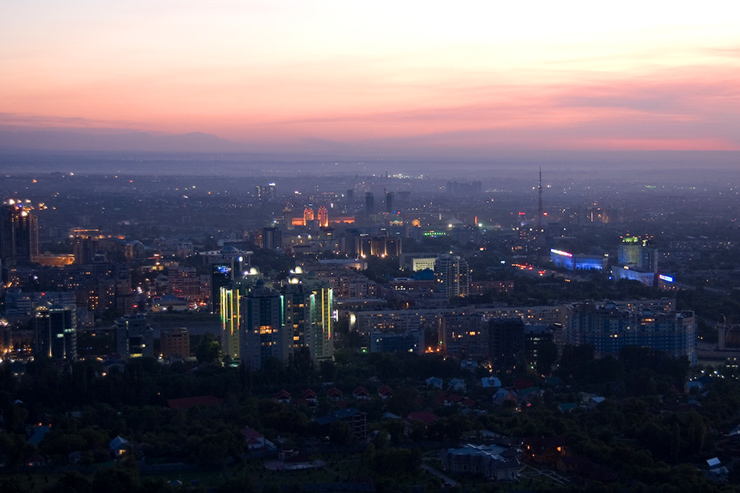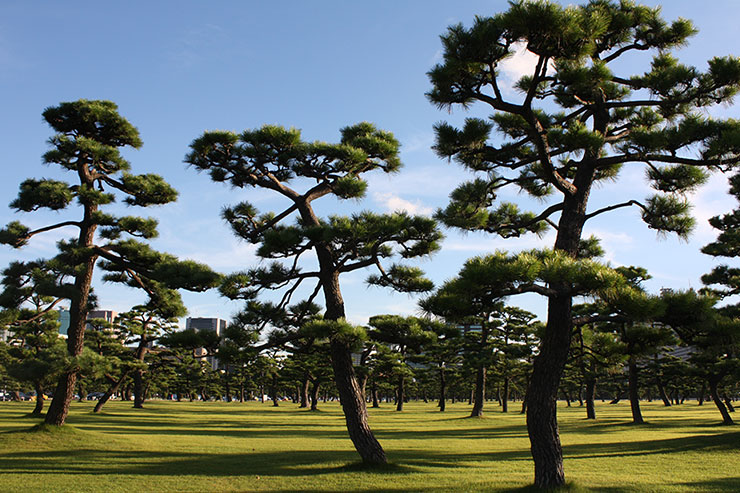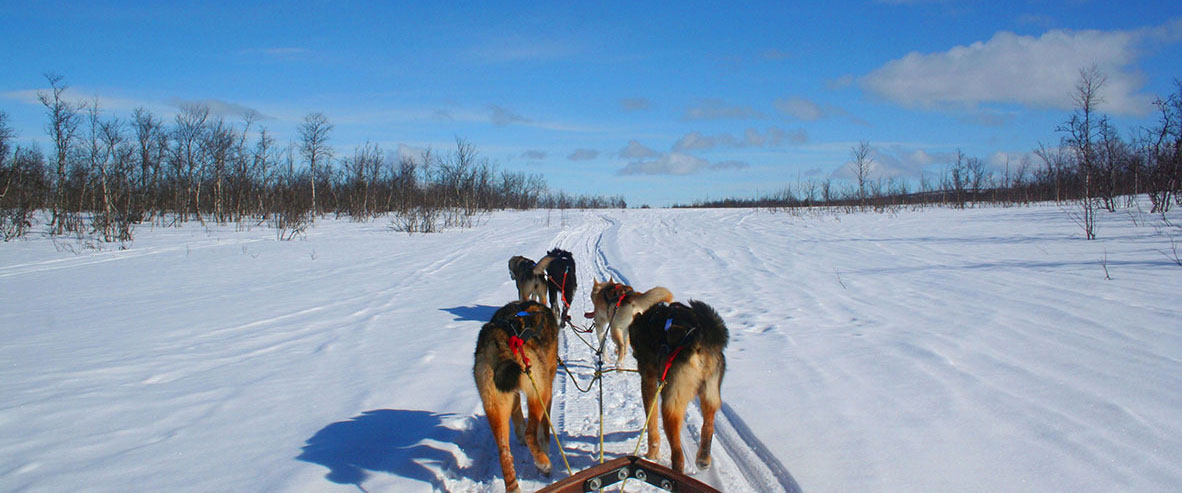Turkistan is a city in the Kazakh Desert. It is home to the Khoja Mausoleum, a pilgrimage destination and national symbol. Throwing in the ancient settlements that were once major cities in the Silk Road, this region is definitely worth a one or two-day trip.
There’s a place in Kazakhstan that doesn’t quite fit with the rest of the country. The “pearl” of the country, the lakes in Borovoe are an oasis in the northern steppes.
Sauran and Otrar are two abandoned cities, their former glory long forgotten with the decline of the old Silk Road.
Halfway to Turkistan, the highway is alive at night. Dusty engines rest, families settle around, mud ovens are set up, and a busy city is improvised. The smells of beshbarmak, manti, pelmeni, shashlik and every other food in the country dance in Kazakh, Russian and Turkish.
Lofoten is an archipelago along the fjords coastline in northern Norway. The road runs snake-like, separating mountains and water, and dropping by every little fishing village along its way.
Every winter, an igloo-building contest is held in the Ripollès region of the Catalan Pyrenees. Experts and amateurs get together early in the morning to start digging and slicing the ice hoping to finish their own igloos by noon.
Deep in the forest of Kodagu lies Honnamana Kere, a holy lake. Away from the beaten path, I had the chance to explore it during the monsoon season, which dresses the hills and forests of South India with its greenest colors.
Almaty is a city that vibrates with life. It was also my gateway to Kazakhstan, and so my first contact with a crazy culture that runs on alcohol and horse meat.
A bunch of on- and off-the-beaten path ideas to get the most out of the largest metropolis in the world.
Everything you need to know for a trip to the land of the northern lights and the midnight sun.
